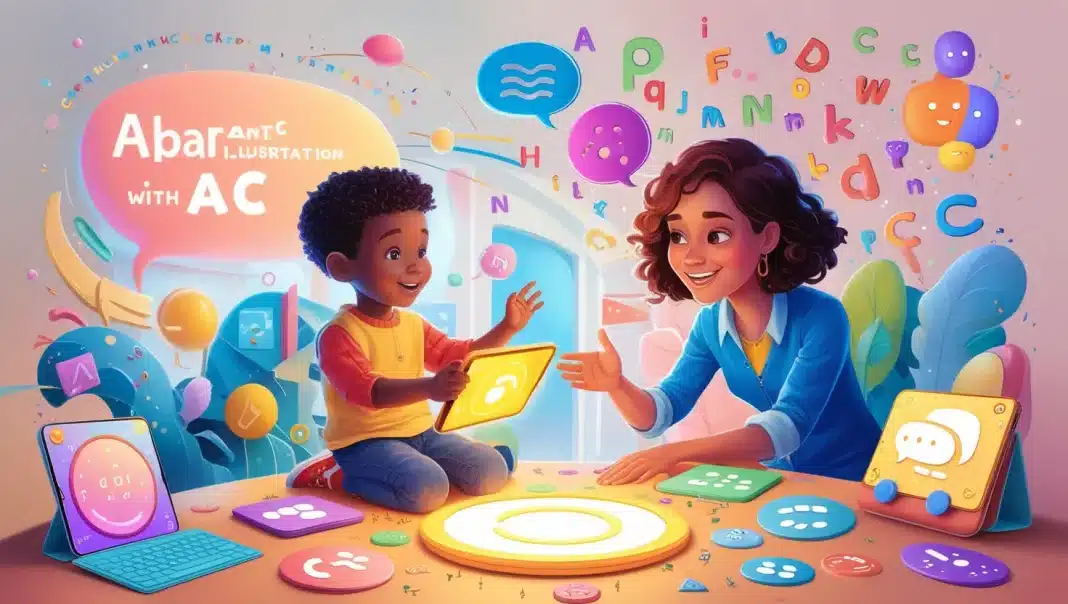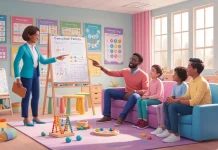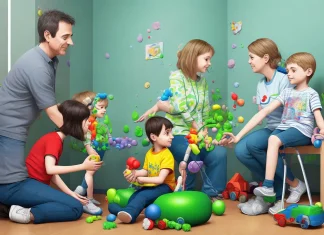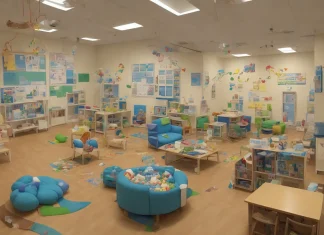Introduction to Consulting for AAC in Autism
Navigating communication challenges in autism can feel overwhelming for families and caregivers. That’s where consulting for augmentative and alternative communication (AAC) comes in! This approach offers tailored tools and strategies to help individuals on the autism spectrum connect, express themselves, and thrive. Let’s dive into the world of AAC consulting and explore its impact.
Understanding Augmentative and Alternative Communication (AAC)
What is AAC?
AAC stands for Augmentative and Alternative Communication, a set of methods that support or replace spoken language. From simple picture cards to advanced speech-generating devices, AAC bridges the communication gap for individuals who struggle with verbal expression.
Why is AAC Essential for Autism?
Many individuals with autism face language and speech delays. AAC empowers them with a voice—whether it’s a device, a gesture, or a visual aid—fostering independence and boosting confidence.
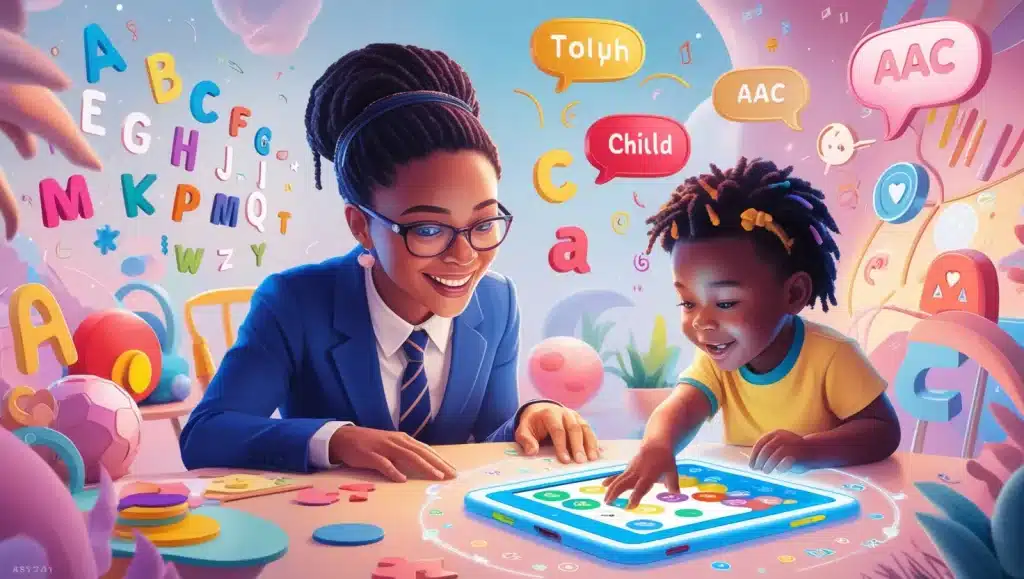
Types of AAC Tools and Techniques
High-Tech AAC Tools
Technology has revolutionized AAC, offering dynamic solutions for diverse needs.
Speech-Generating Devices
These devices produce spoken words or phrases based on user input, making them ideal for non-verbal communication. Think of them as personal translators for thoughts!
AAC Apps and Software
From tablets to smartphones, AAC apps provide versatile and customizable communication tools. Popular apps like Proloquo2Go or TouchChat transform screens into speaking companions.
Low-Tech AAC Solutions
Not all AAC tools require electricity or internet.
Picture Exchange Communication System (PECS)
PECS uses pictures to enable communication, perfect for visual learners. It’s as simple as exchanging a card to convey a need or thought.
Communication Boards
These boards display symbols, pictures, or words that users can point to, creating straightforward yet effective communication channels.
The Role of AAC Consultants
Initial Assessments
AAC consultants start by evaluating the individual’s communication abilities, preferences, and goals. They’re like detectives, piecing together the best approach for success.
Customizing AAC Solutions
There’s no one-size-fits-all solution. Consultants design personalized AAC plans, ensuring the tools match the user’s specific needs and environment.
Training and Support
Consultants don’t just hand over the tools—they teach users, families, and educators how to make the most of them, providing ongoing support.
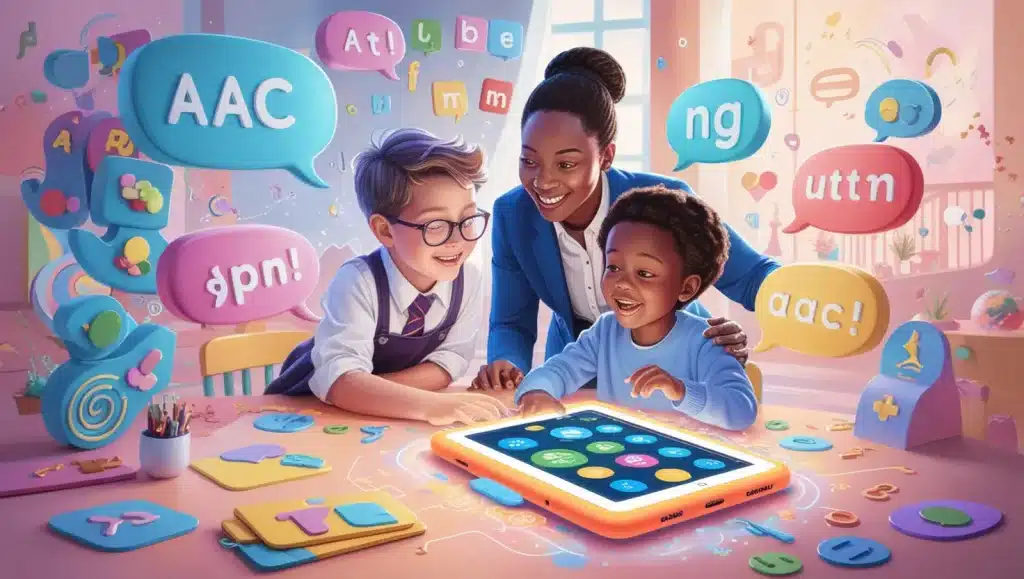
Benefits of Consulting for AAC in Autism
Enhancing Communication Skills
AAC fosters meaningful interactions, allowing users to share thoughts, ask questions, and express emotions.
Reducing Frustration and Behavioral Issues
When communication barriers break down, so do many frustrations. AAC reduces misunderstandings and related behavioral challenges.
Promoting Social Interaction and Independence
From school to social outings, AAC empowers users to engage confidently, opening doors to new opportunities.
Challenges in AAC Implementation
Technological Barriers
High-tech devices can be complex and require consistent maintenance. Ensuring user-friendly interfaces is crucial.
Training and Familiarization
Learning new tools takes time. Patience and persistence are key for both users and caregivers.
Cost and Accessibility
AAC devices and services can be expensive. Exploring funding options and community resources helps alleviate financial strain.
Best Practices for AAC Consulting
Collaborative Approach
Successful AAC implementation involves teamwork. Consultants, families, and educators must work hand-in-hand.
Regular Updates and Feedback
Communication needs evolve. Regular check-ins ensure the AAC tools remain relevant and effective.
Advocacy and Awareness
Spreading awareness about AAC and advocating for its benefits helps build a supportive community for users.
How to Find the Right AAC Consultant
Qualities to Look For
A great AAC consultant is empathetic, experienced, and innovative. They should prioritize the user’s needs above all.
Questions to Ask During Selection
- What is your experience with AAC in autism?
- How do you customize solutions?
- What training and support do you provide?
Conclusion
Consulting for augmentative and alternative communication in autism isn’t just about tools—it’s about transforming lives. By breaking down communication barriers, AAC opens pathways to connection, learning, and growth. If you’re considering AAC for someone with autism, remember: every voice deserves to be heard, and with the right support, it will be.
FAQs About AAC Consulting for Autism
- What is the goal of AAC consulting?
The goal is to empower individuals with effective communication tools tailored to their unique needs. - Can AAC replace speech entirely?
Not necessarily. AAC often complements natural speech, enhancing overall communication abilities. - How long does it take to see results with AAC?
Results vary, but with consistent use and support, many users see improvements within weeks to months. - Are there age limits for using AAC?
No! AAC benefits individuals of all ages, from toddlers to adults. - Is AAC expensive?
Costs can vary, but many funding programs and grants are available to help families access AAC solutions.

